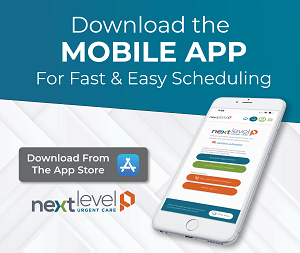
When your child enters school years you can easily get overwhelmed with acronyms that come flying at you. This is amplified if you are the parent of a child with special needs in any way but even more important. So how do you know what is what and how to truly advocate for your child? Let’s start with the differences between an IEP or 504.
IEP
An IEP is an Individualized Educational Plan. This plan is for students with a learning disability of some type. It has much more extensive qualifications because it falls under the Individuals with Disabilities Education Improvement Act. For students to be eligible for this service they must go through extensive testing. Teachers receive access to these plans yearly, have a case teacher (often a special education teacher) assigned to follow up with teachers and parents, and yearly meetings are held with teachers and parents to update the plans or determine if further testing is needed.
504
504 Plans fall under a broad federal civil rights law that protects all individuals with types of medical handicaps. These plans do not require testing by school officials or teachers. They do require a doctor to diagnose or recognize a condition with your child in writing to give to the school. Parents then attend a meeting with a 504 coordinator (often an administrator or counselor on campus) to determine what accommodations would best help their child be successful. These can range from a hearing impairment to dyslexia or sensory processing disorders.
The biggest way you can advocate for your child is to talk to the teachers and administration. If you have questions there is someone who has been trained to help get you the answers you need. If you have concerns, communicate. I promise you, regardless of the current views on public education, the people at those schools want your child to succeed in learning and life.









